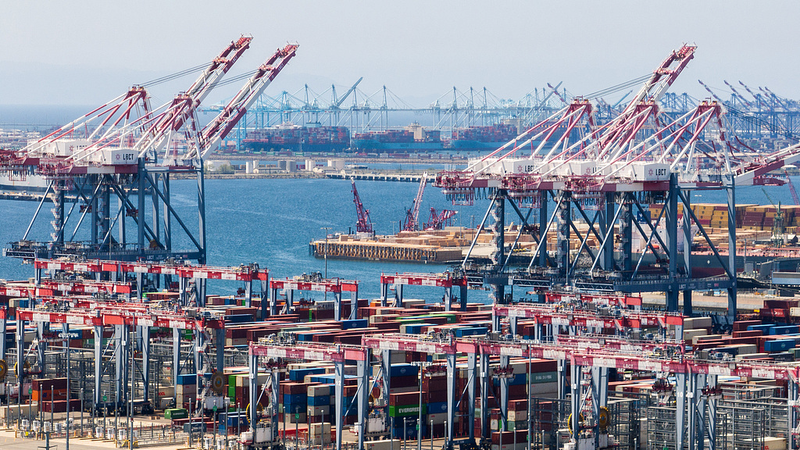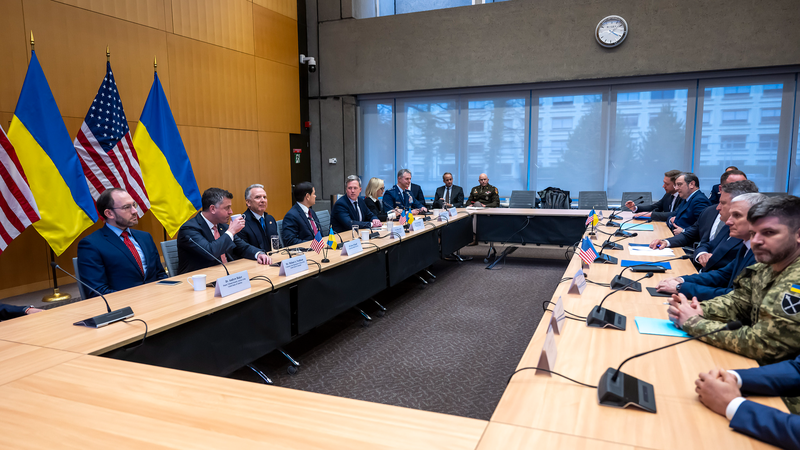As tariffs climb, America’s ports are feeling the squeeze from coast to coast.
Under President Donald Trump’s aggressive tariff strategy, inbound container shipments at the Port of Los Angeles dropped by as much as 30 percent in early May, port officials report. This sudden plunge underscores how unpredictable trade policies can ripple through global supply chains overnight.
Gene Seroka, executive director of the Port of Los Angeles, warned that lower container volumes hit everyone on the waterfront. "Fewer containers mean less work from labor gangs to truckers and warehouse teams," he said, noting that the downturn was immediate in that first week of May.
Despite a brief boost in April—when container traffic was up 9.5 percent year over year as importers rushed goods in before new duties—the 90-day tariff truce between the U.S. and the Chinese mainland is unlikely to erase long-term uncertainties. Of 80 scheduled sailings this month, 17 have already been canceled, with another 10 expected to scrub in June.
Northern California ports report similar pain. Oakland saw a 14.7 percent drop in cargo volumes from March to April, as both exports and imports faltered amid trade instability. And in the San Pedro Bay, the Port of Long Beach predicts a 10 percent import dip in May after leading U.S. ports in container traffic earlier in the year.
Another storm is brewing over port equipment costs. The U.S. Trade Representative has proposed tariffs up to 100 percent on cranes, containers, chassis and related gear made in the Chinese mainland. With no American manufacturers of ship-to-shore cranes, ports rely heavily on overseas orders. Of 55 cranes now on order, 44 come from the Chinese mainland. Over the next decade, ports estimate they’ll need 151 new cranes—121 likely to be built in the Chinese mainland—representing $2.5 billion in investment.
The American Association of Port Authorities (AAPA) warns that steep duties could add $6.7 billion in unexpected costs, crippling port development at a critical time. Cary Davis, AAPA president and CEO, argues that without affordable alternatives from domestic or allied sources, these tariffs "function as a crippling tax on port development and threaten our nation’s cargo capacity." Port leaders are calling for exemptions on existing orders and a delay in implementation until a viable U.S. supply chain is in place.
As the trade feud drags on, ports face a stark choice: absorb rising costs, pass them along to importers, or risk slipping behind global competitors. With steel and aluminum prices also subject to duties, the path to reliable and cost-effective port operations looks steeper than ever.
For young global citizens and entrepreneurs tracking the pulse of international trade, these developments signal one thing: when policy shifts overnight, the world’s supply chains follow suit.
Reference(s):
Trump tariff hikes hit U.S. port industry, triggering cargo declines
cgtn.com




